ANTARCTICA – BEYOND THE POLAR CIRCLE
__________________
__________________
| Day | Place | Itinerary |
|---|---|---|
| Day 1 | Ushuaia, Argentina | Set Sail, meet the expedition team |
| Days 2 & 3 | At Sea | Crossing the Drake Passage towards Antarctica |
| Days 4 & 5 | Antarctic Peninsula | Incredible scenery and wildlife, Cuverville Island, Paradise Bay, Pléneau and Petermann Islands |
| Day 5 | Lemaire Channel, the Gullet | Pourquoi Pas Island, Horseshoe Island, Stonington Island, Hanusse Bay, Red Rock Ridge |
| Days 6 - 9 | Porquoi Pas and Horseshoe Islands | Pourquoi Pas landing on a rocky beach the mighty Moider Glacier back drop, abandoned research station. A photographic landing |
| Days 10 & 11 | Crystal Sound | Detaille Island, whales, penguins, seals |
| Days 12 - 14 | At Sea Crossing the Drake | Crossing the Drake Passage greeted by the vast array of seabirds |
| Day 15 | Ushuaia, Argentina | Disembark Ushuaia for your onward journey |
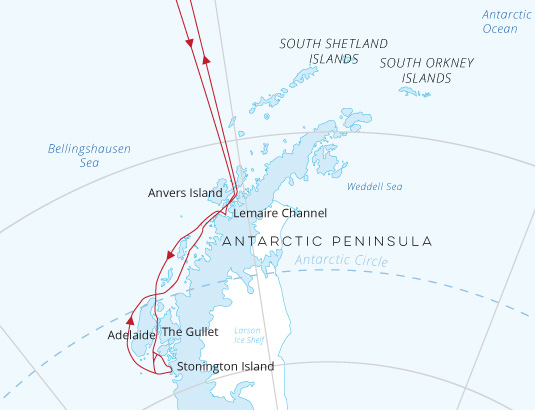
The Ortelius was originally the Marina Svetaeva. Built in Gdynia, Poland in 1989, it served as a special-purpose vessel for the Russian Academy of Science. Later it was re-flagged and renamed after the Dutch/Flemish cartographer Abraham Ortelius, who in 1570 published the first modern world atlas: Theatrum Orbis Terrarum or Theatre of the World. The Ortelius can accommodate 108 guests and has an abundance of open-deck spaces for watching wildlife and the impressive scenery as you sail past. She also has the highest ice-class notation (UL1, equivalent to 1A) making her perfect for polar expeditions.
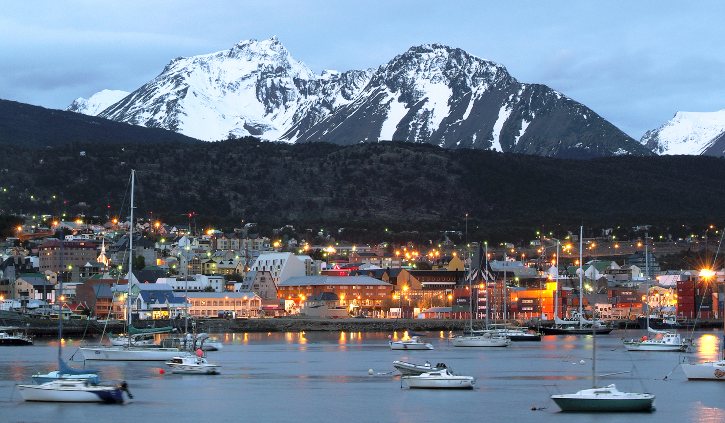
Your voyage begins where the world drops off. Ushuaia, Argentina, reputed to be the southernmost city on the planet, is located on the far southern tip of South America. Starting in the afternoon, you embark from this small resort town on Tierra del Fuego, nicknamed “The End of the World,” and sail the mountain-fringed Beagle Channel for the remainder of the evening.
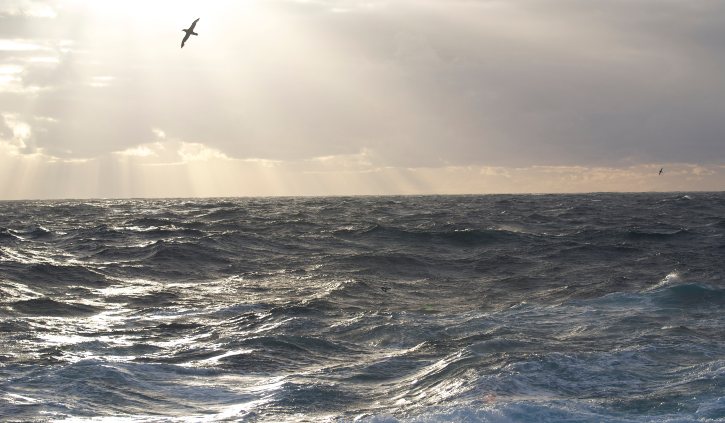
Over the next two days on the Drake Passage, you will enjoy some of the same experiences encountered by the great polar explorers who first charted these regions: cool salt breezes, rolling seas, maybe even a fin whale spouting up sea spray.
After passing the Antarctic Convergence – Antarctica’s natural boundary, formed when north-flowing cold waters collide with warmer sub-Antarctic seas – you are in the Antarctic circumpolar current upwelling zone. Not only does the marine life change, the bird life changes too.
Wandering albatrosses, grey-headed albatrosses, black-browed albatrosses, light-mantled sooty albatrosses, cape pigeons, southern fulmars, Wilson’s storm petrels, blue petrels, and Antarctic petrels are a few of the birds you might see.
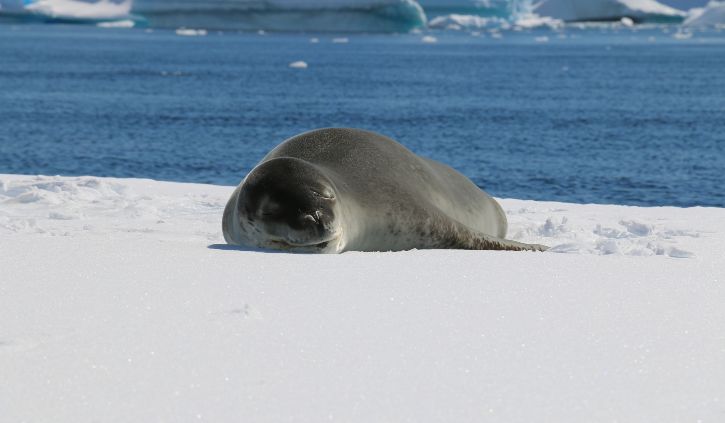

Gray stone peaks sketched with snow, towers of broken blue-white ice, and dramatically different wildlife below and above. You will first pass the snow-capped Melchior Islands and Schollaert Channel, sailing between Brabant and Anvers Islands.
The planned itinerary for your Antarctic adventure includes the following destinations. The route may vary depending on ice, weather, and wildlife conditions.
Cuverville Island – A small precipitous island nestled between the mountains of the Antarctic Peninsula and Rongé Island, Cuverville houses a large colony of gentoo penguins and breeding pairs of brown skuas.
Paradise Bay – You could take a Zodiac cruise in these sprawling, ice-flecked waters before sailing to the Lemaire Channel.
Pléneau & Petermann Islands – If the ice allows it, you may sail through the Lemaire Channel. There’s also a good chance you’ll encounter humpback and minke whales as well as leopard seals.


After a night of sailing, you will wake up among the many islands south of Lemaire Channel. You will near the Antarctic Circle. At this point, a voyage through the aptly named Gullet – a narrow but picturesque channel between Adelaide Island and the Antarctic Continent is possible if the ice isn’t too dense. You can get great views of this area from the prow of the ship.
Along the way, you may enjoy the following visits:
Pourquoi Pas Island – You might circumnavigate this island, named after the ship of the famous French explorer Jean-Baptiste Charcot. This location is known for its tight fjords and lofty, glacier-crowded mountains.
Horseshoe Island – This is the location of the former British Base Y, a remnant of the 1950s that is now unmanned though still equipped with almost all the technology it had while in service.
Stonington Island – Home to the former US East Base and British Base E, which was occupied until 1975, this island marks the southernmost landing site of the trip – 68° south. If a landing here is possible, our road will turn north again afterward, through the Gunnel Channel.
Hanusse Bay – Enjoy the scattered icebergs of this scenic bay, which offers a good chance of spotting whales.
Red Rock Ridge – You might encounter an Adélie penguin colony here, one of the most southerly places on this voyage.
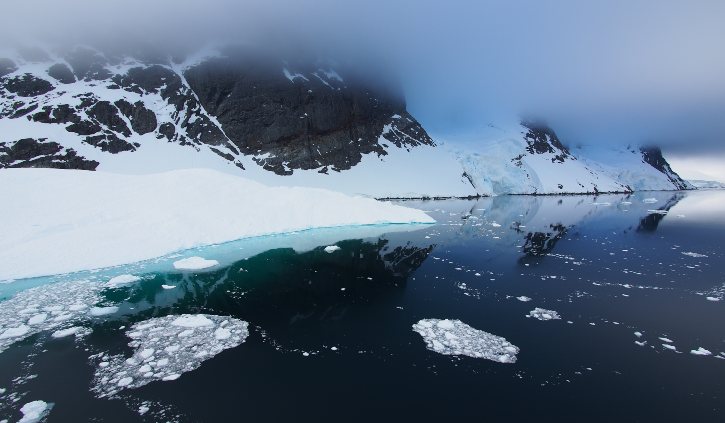

You are near the Antarctic Circle again, cutting north through the countless ice floes of Crystal Sound. Humpback whale sightings are likely, and your approach to the Fish Islands offers the possibility of a Zodiac cruise or even a landing. Whatever the case, the views are beyond comparison in this area. Petermann & Pléneau Islands provide a great variety of birdlife, along with possibilities for Zodiac cruises among icebergs that are highly popular among leopard and crabeater seals. Minke whales, humpbacks, and gentoo penguins can also be found here.
Detaille Island – You may make a landing at an abandoned British research station here, taking in the island’s lofty mountains and imposing glaciers.



Your return voyage is far from lonely. While crossing the Drake, you’re again greeted by the vast array of seabirds remembered from the passage south. But they seem a little more familiar to you now, and you to them.
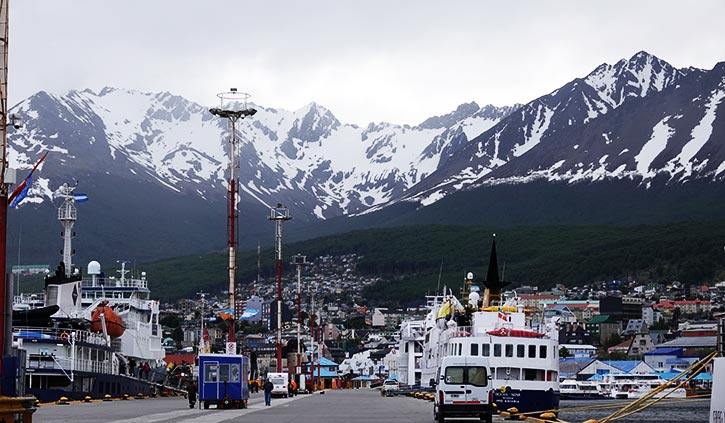

Every adventure, no matter how grand, must eventually come to an end. It’s now time to disembark in Ushuaia, but with memories that will accompany you wherever your next adventure lies.